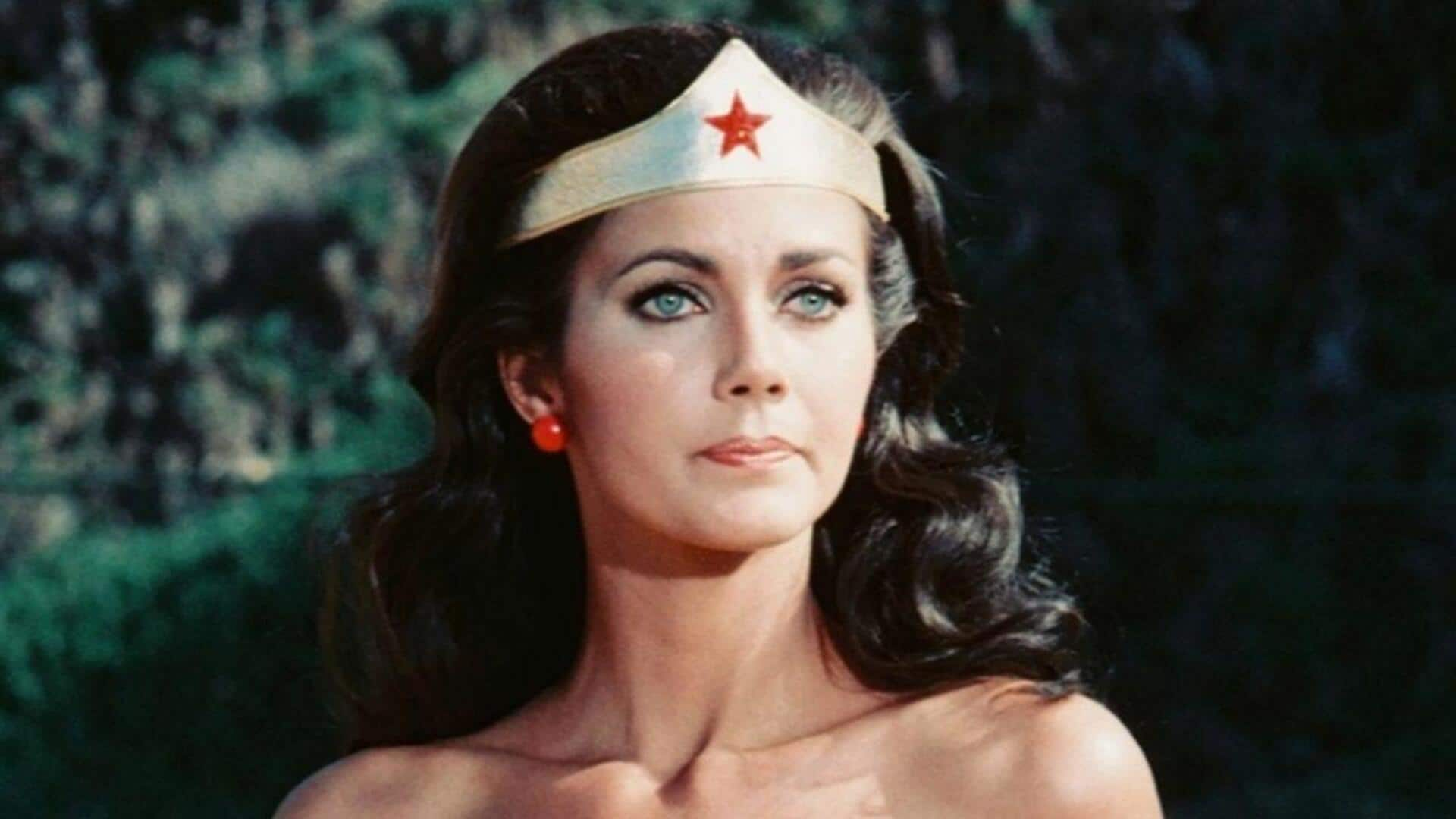
How Wonder Woman's portrayal has changed over the years
What's the story
From her debut in the 1940s comic books to becoming a symbol of female empowerment on the big screen, Wonder Woman has come a long way. From her origins as a comic book character, Wonder Woman has evolved through different eras of American cinema, reflecting and influencing societal changes. Here's how the iconic character's portrayal has changed over the decades.
Early days
1940s: The birth of an icon
Wonder Woman made her first appearance in American cinema during the 1940s. She was introduced as a strong and independent character, but still confined to the gender norms of the time. The portrayal focused on her strength and intelligence but often emphasized her femininity. This early depiction laid the foundation for Wonder Woman's identity as a superhero.
Feminist influence
1970s: A new wave
The 1970s saw a resurgence of interest in Wonder Woman, largely due to the feminist movement. The character was portrayed with more agency and independence than before. Her stories often tackled social issues relevant to women at the time. This era marked a significant shift in how female superheroes were perceived in American cinema.
Contemporary impact
2010s: Modern reimagining
In the 2010s, Wonder Woman was reimagined for modern audiences through films like Batman v Superman: Dawn of Justice and Wonder Woman. These portrayals showcased her as a fierce warrior with depth and complexity. The films highlighted themes of empowerment and resilience, resonating with audiences worldwide. This era solidified Wonder Woman's status as a cultural icon, transcending her comic book roots.
Prospects
2020s: Ongoing legacy
As we move into the 2020s, Wonder Woman continues to inspire new generations through various media platforms, including television shows and animated series. Her legacy endures as she remains relevant amid evolving societal norms and expectations regarding gender representation in entertainment industries across America and beyond.